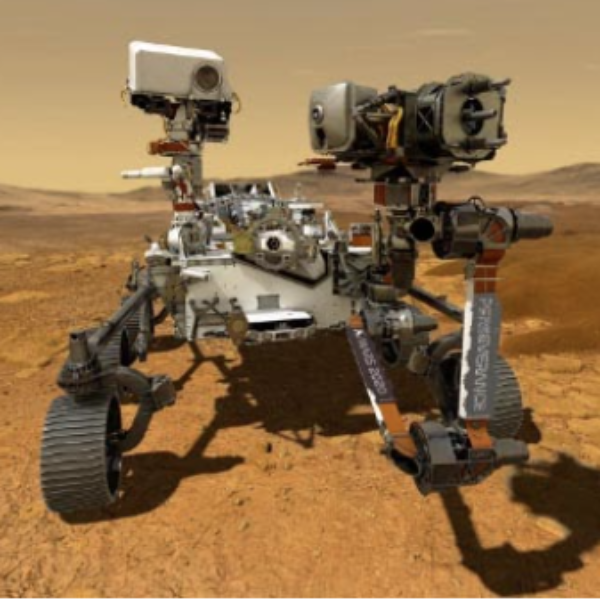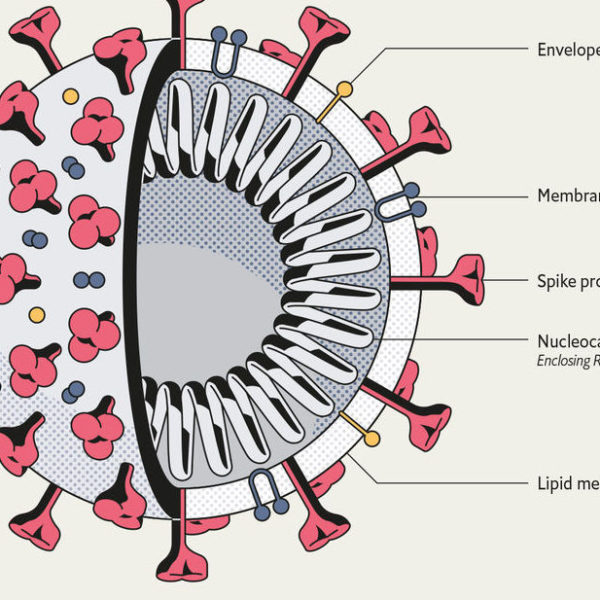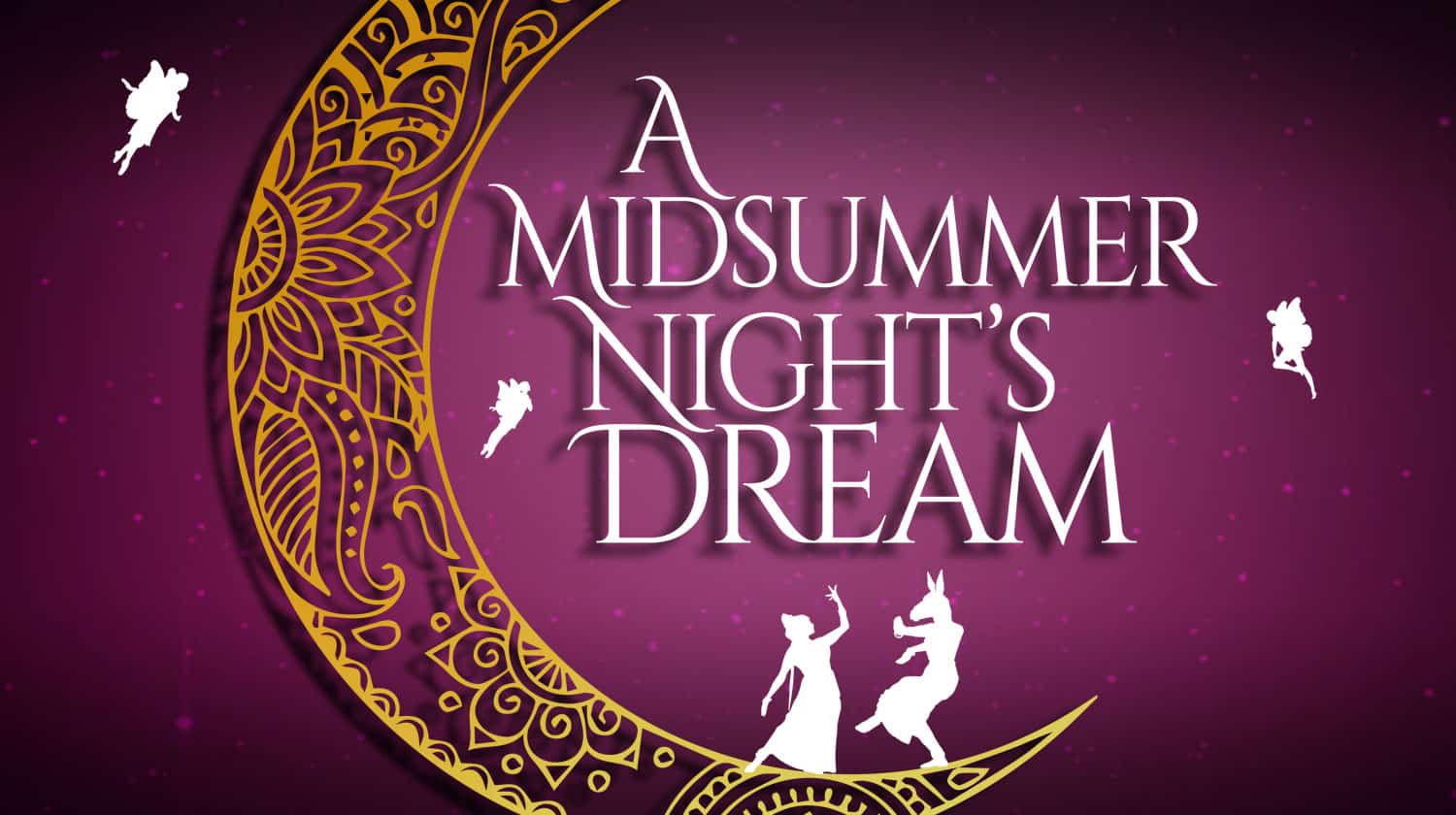
A Midsummer Night’s Dream
by Milan Riley
Introduction
A Midsummer Night’s Dream is a popular play written by William Shakespeare, a playwright during the age of the English Renaissance. Historians estimate that this particular play was first written between 1594 and 1596. It was originally published in 1600 and once more in 1619, despite being primarily meant to be performed in a theater rather than read. The play was further included in the First Folio, a collection of Shakespeare’s plays, released in 1623, seven years after Shakespeare’s death, in honor of the great playwright. The collection was the first to group his plays into three categories: comedies, which often included humorous characters and happy endings; histories, which were usually based on real historical people and events; and tragedies, which most likely ended with the sad death of a hero. It is believed that A Midsummer Night’s Dream, considered a comedy, was first performed on January 1, 1605, at an aristocratic wedding with Queen Elizabeth I in attendance.
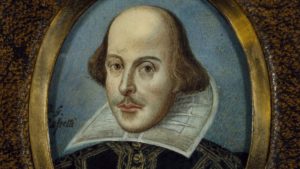
Portrait of Shakespeare
Plot
Many philologists, people who study literature, infer that A Midsummer Night’s Dream was influenced by other stories such as Edmund Spenser’s “Epithalamion,” Ovid’s Metamorphoses, Chaucer’s “The Knight’s Tale,” Greek legends about Theseus and Hippolyta, and also the German poem “Der Busant.” This combination of inspirations and Shakespeare’s own creativity combined to become the comedy that readers know today.
Similar to other comedies, A Midsummer Night’s Dream has a “fool” character, named Nick Bottom, who provides comic relief throughout the play. He is commonly remembered for his transformation into a donkey at the hands of Puck, the mischievous fairy. Other main characters include Hermia and Lysander, two lovers who do not have Hermia’s father’s blessing. This drama also involves Demetrius, the man Hermia’s father would rather she marry, and Helena, Hermia’s best friend who loves Demetrius. Throughout the play, Puck’s use of a flower that makes a person love whoever they first see causes even more drama amongst this tangled “love square”.
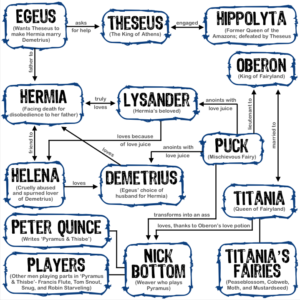
Relationship Chart
8th Grade Field Trip
On September 22, 2022, the 8th graders at the Science Academy STEM Magnet were fortunate enough to see this play performed in person at the Will Geer Theatricum Botanicum. This theater is an outdoor, open-air stage in the mountains of Topanga Canyon. The performance included interactive sections, choreography, and singing. In addition, the students were able to experience the theater’s workshops beforehand, trying our hand at such skills as as juggling, dancing, stage-fighting, and more.
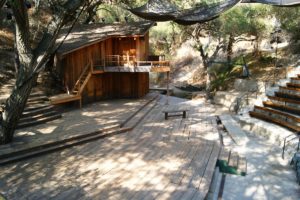
The Theatricum Botanicum


